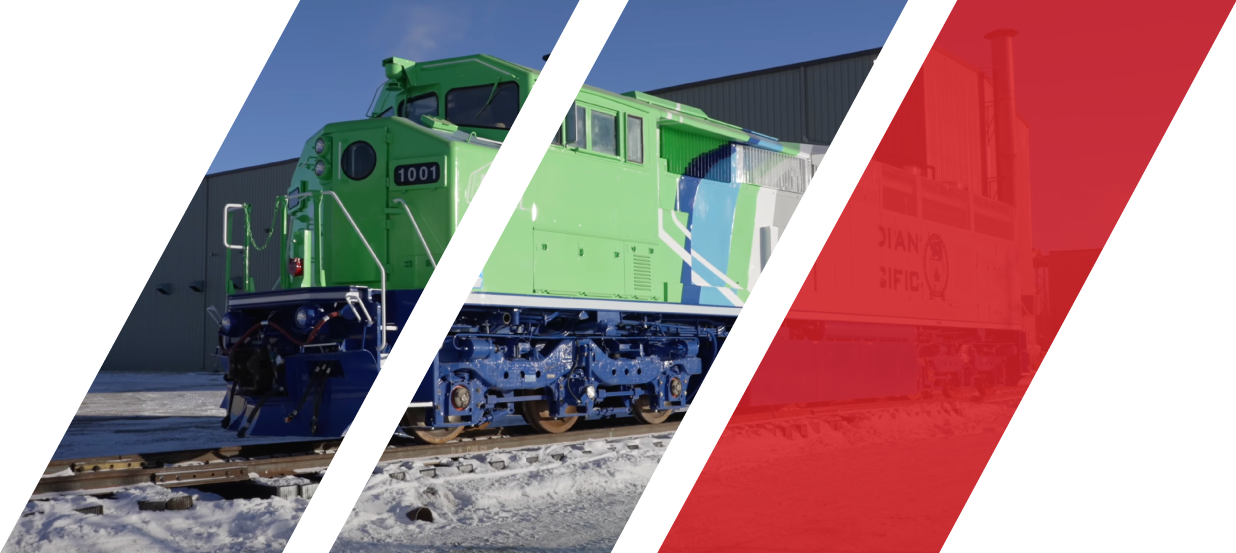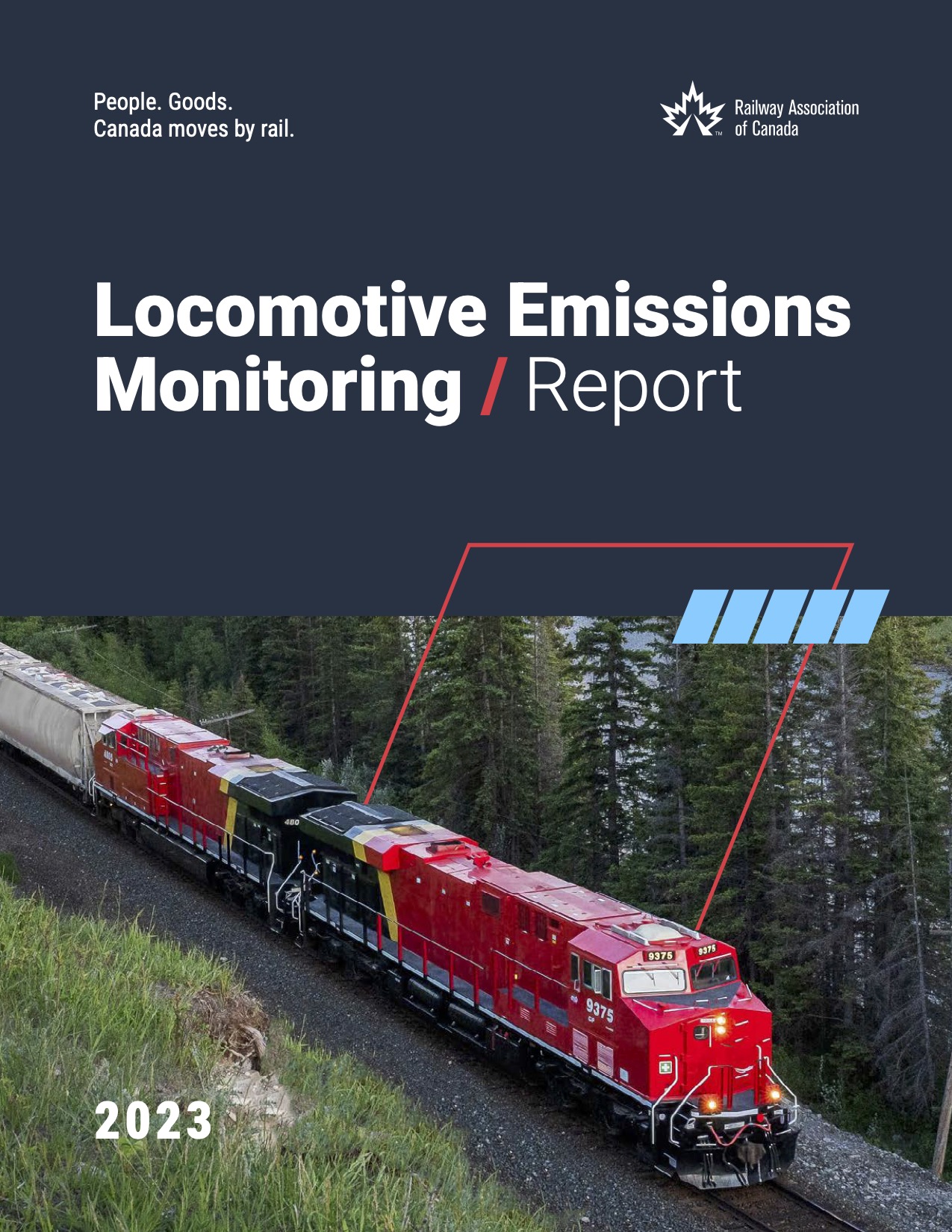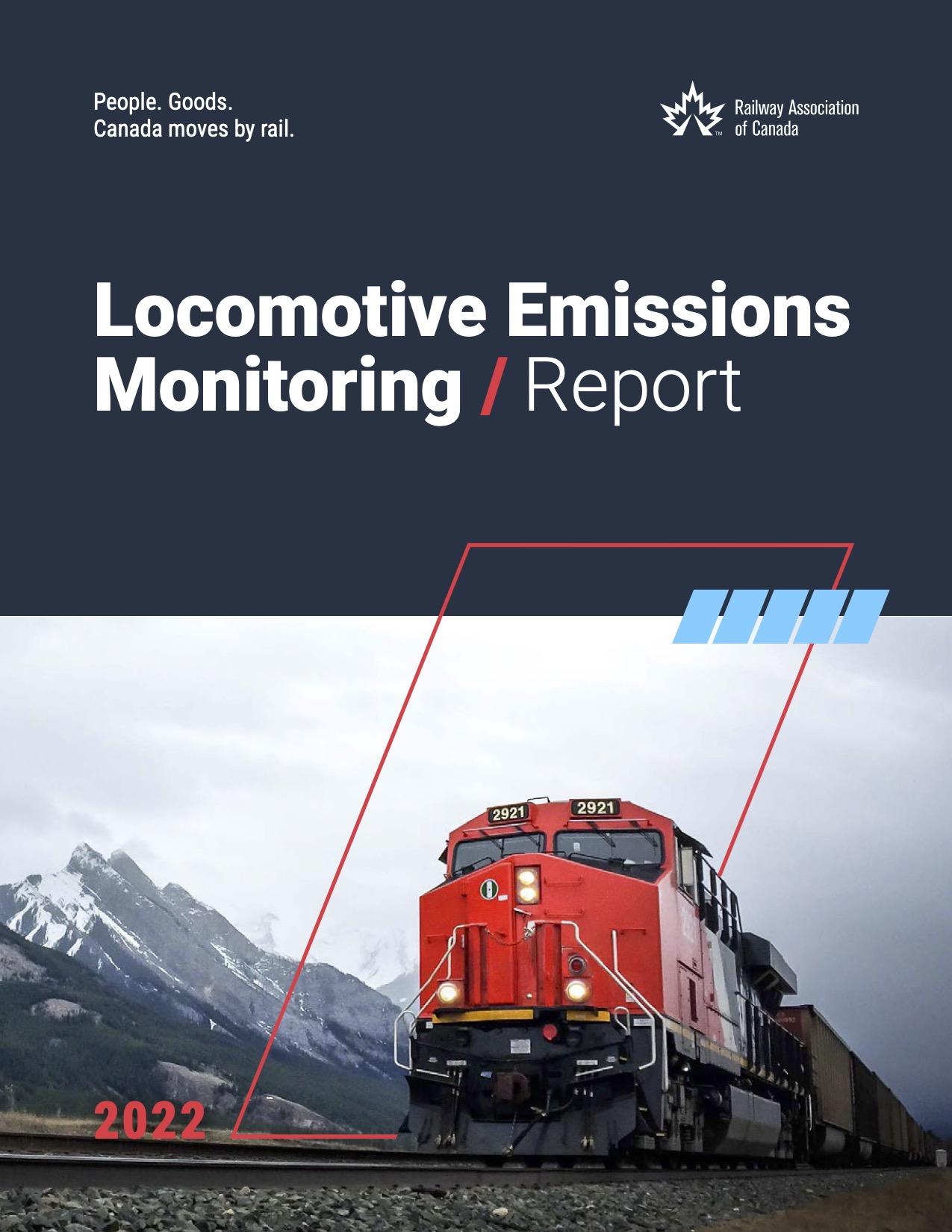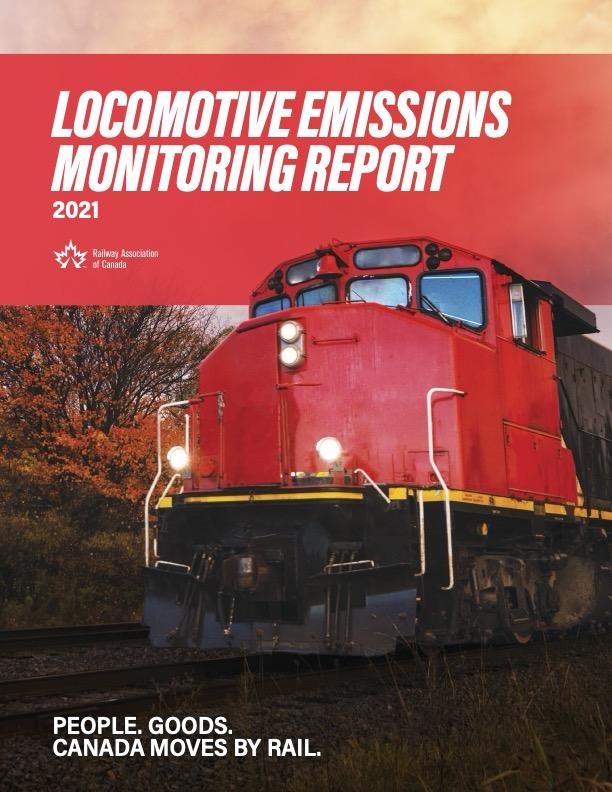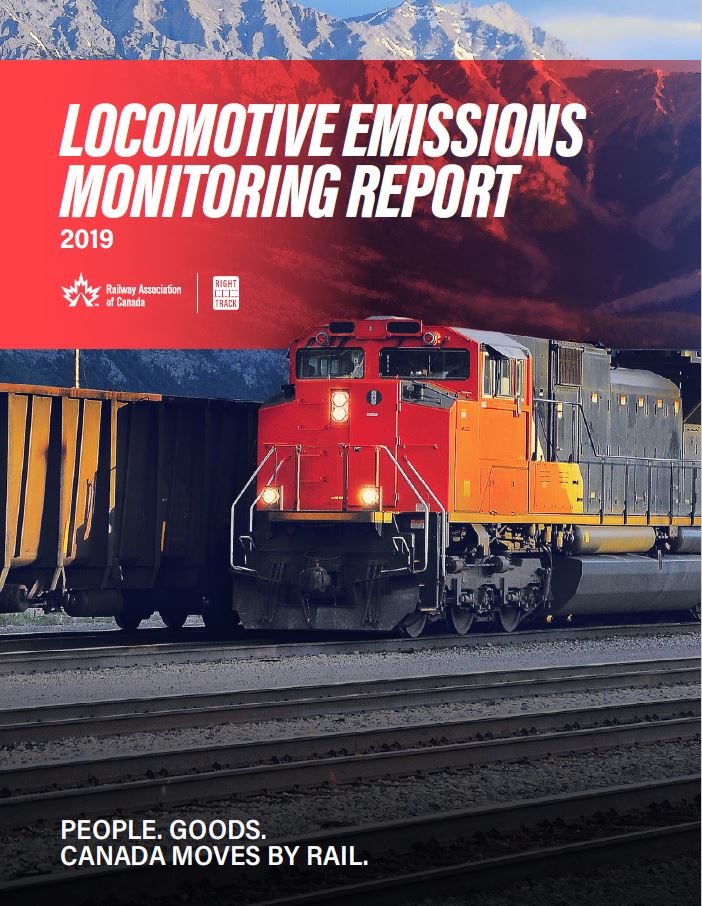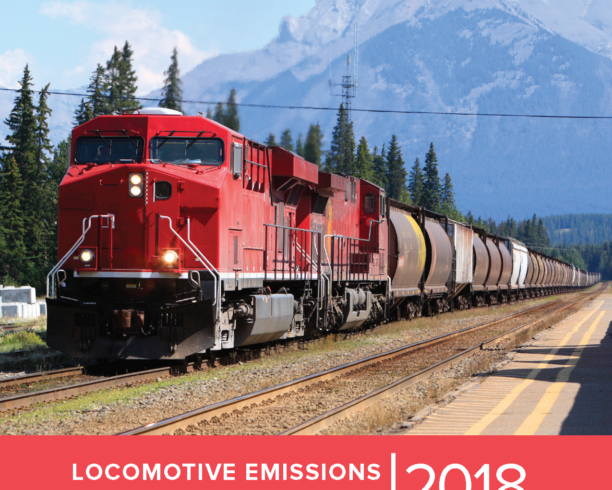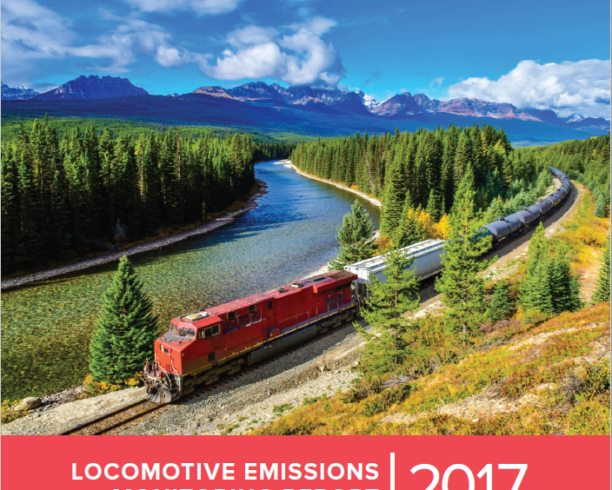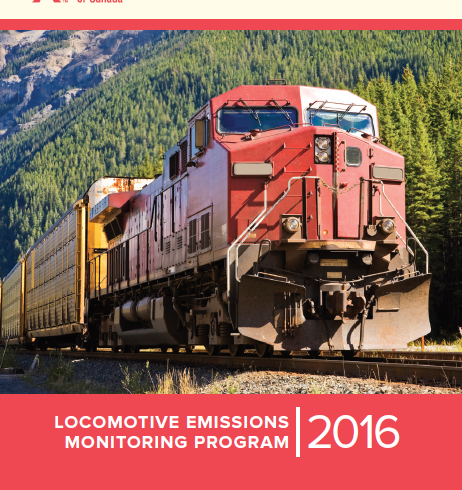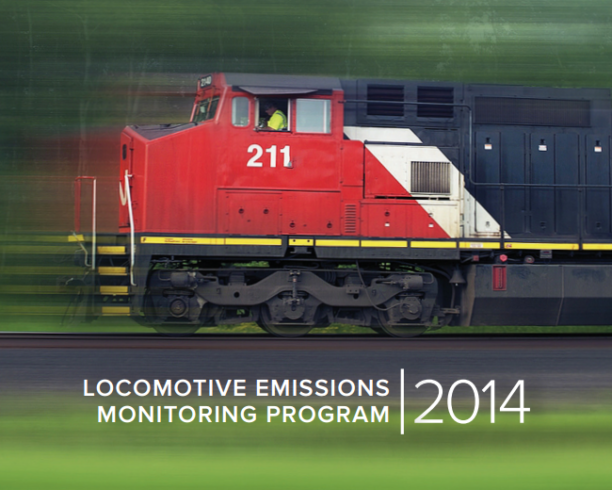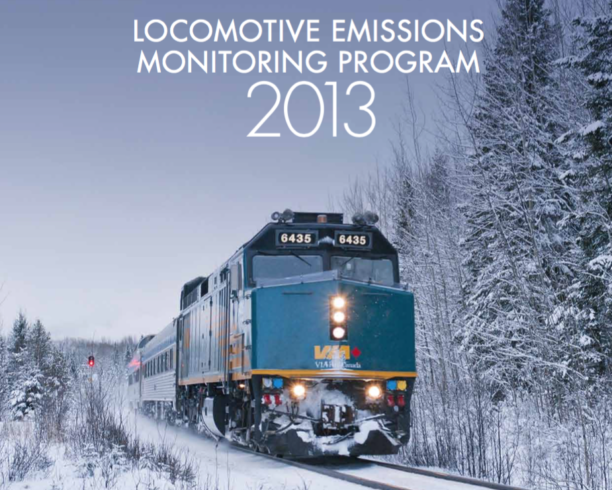Moving People and Goods
While Doing Good
- Each year, Canadas railways move millions of passengers and 70 per cent of all intercity freight, while producing just 1.0 per cent of Canada’s greenhouse gas (GHG) emissions
- And only 3.5 per cent of the country’s transportation sector GHG emissions
- Trains, on average, are three to four times more fuel-efficient than trucks.
- Just one locomotive can haul a tonne of goods more than 220 kilometres on a single litre of fuel, while removing upwards of 300 trucks from our congested roads in the process.
- Similarly, each passenger train replaces dozens of cars, reducing emissions and improving transit times for passengers

On Track to Help Canada Reduce Emissions
Freight and passenger railways can play a vital role in helping Canada to meet its international environmental commitments. Shifting just 10 per cent of freight from trucks to rail, for example, would reduce GHG emissions by around 4 megatonnes of carbon dioxide equivalent. Check out RAC’s Rail Freight Greenhouse Gas Calculator to learn more.
And our railways are continuously working to be even more sustainable. RAC and its members signed a memorandum of understanding with Transport Canada and Environment Canada in 1995, aimed at reducing locomotive emissions. As a result of that agreement, the Locomotive Emissions Monitoring (LEM) Program was started and through subsequent renewals of the MOU, continues to provide a platform for railways to manage GHGs and criteria air contaminants.
Download our
Latest LEM Report

Since 2005, Canada’s freight railways have reduced their GHG emissions intensity – the rail sector’s carbon footprint relative to its traffic – by 26.7 per cent, while intercity passenger railways have reduced their GHG emissions intensity by 28.1%.
Canada’s railways are setting proactive and ambitious plans to further improve fuel efficiency and decarbonize their operations. ‘Rail Pathways Initiative –Developing a Rail Decarbonization Roadmap for Canada’ lays out how Canada’s railways can test emerging low-carbon technologies and transition to those that hold the most promise for the future.
Canadian railways continue to invest billions of dollars in infrastructure and have purchased new, more fuel-efficient, locomotives to comply with Canada’s Locomotive Emissions Regulations. They are committed to creating a transportation system that enhances the movement of goods and passengers, continually strengthens Canada’s economic wellbeing and competitiveness, and does so as sustainably as possible.
Railways emit only 3.5 per cent of the country’s transportation sector GHG emissions
Just one locomotive can haul a tonne of goods more than 220 kilometres on a single litre of fuel
Since 2005, Canada’s freight railways have reduced their GHG emissions intensity by 26.7 per cent
